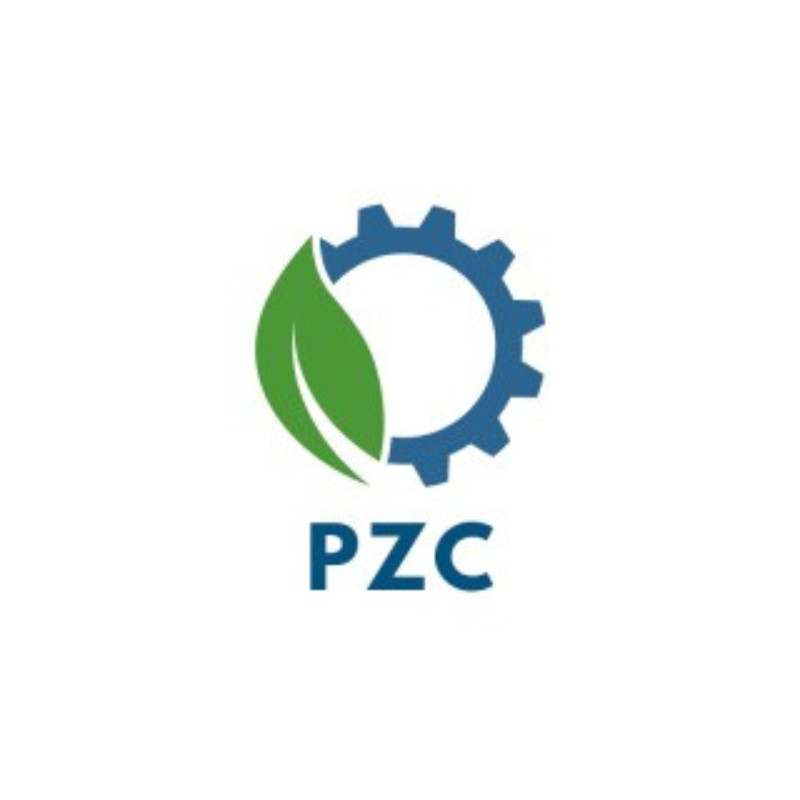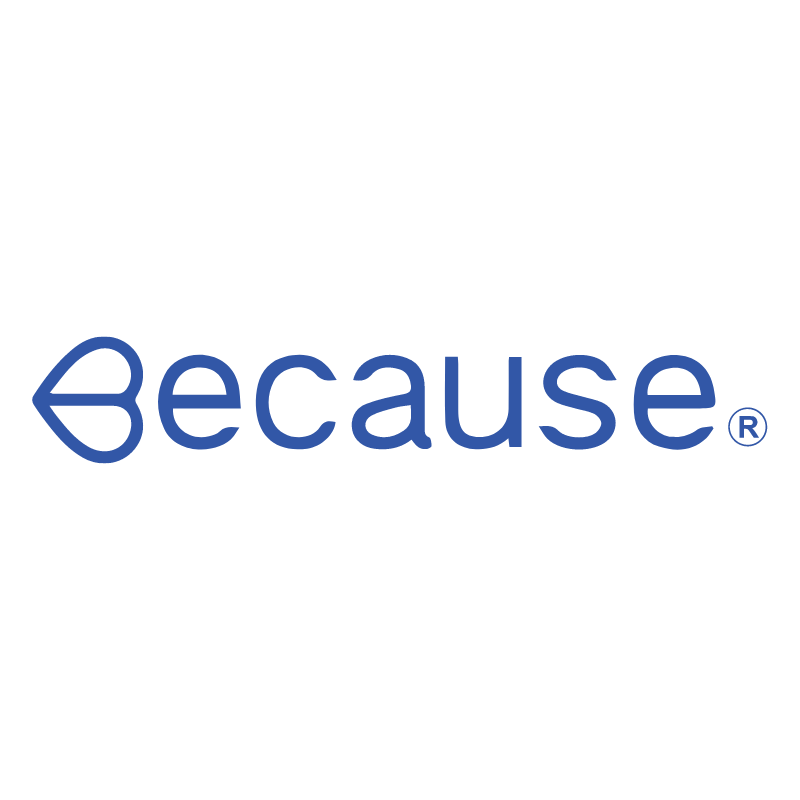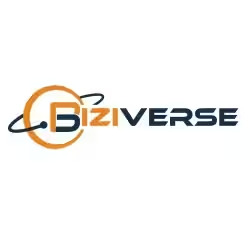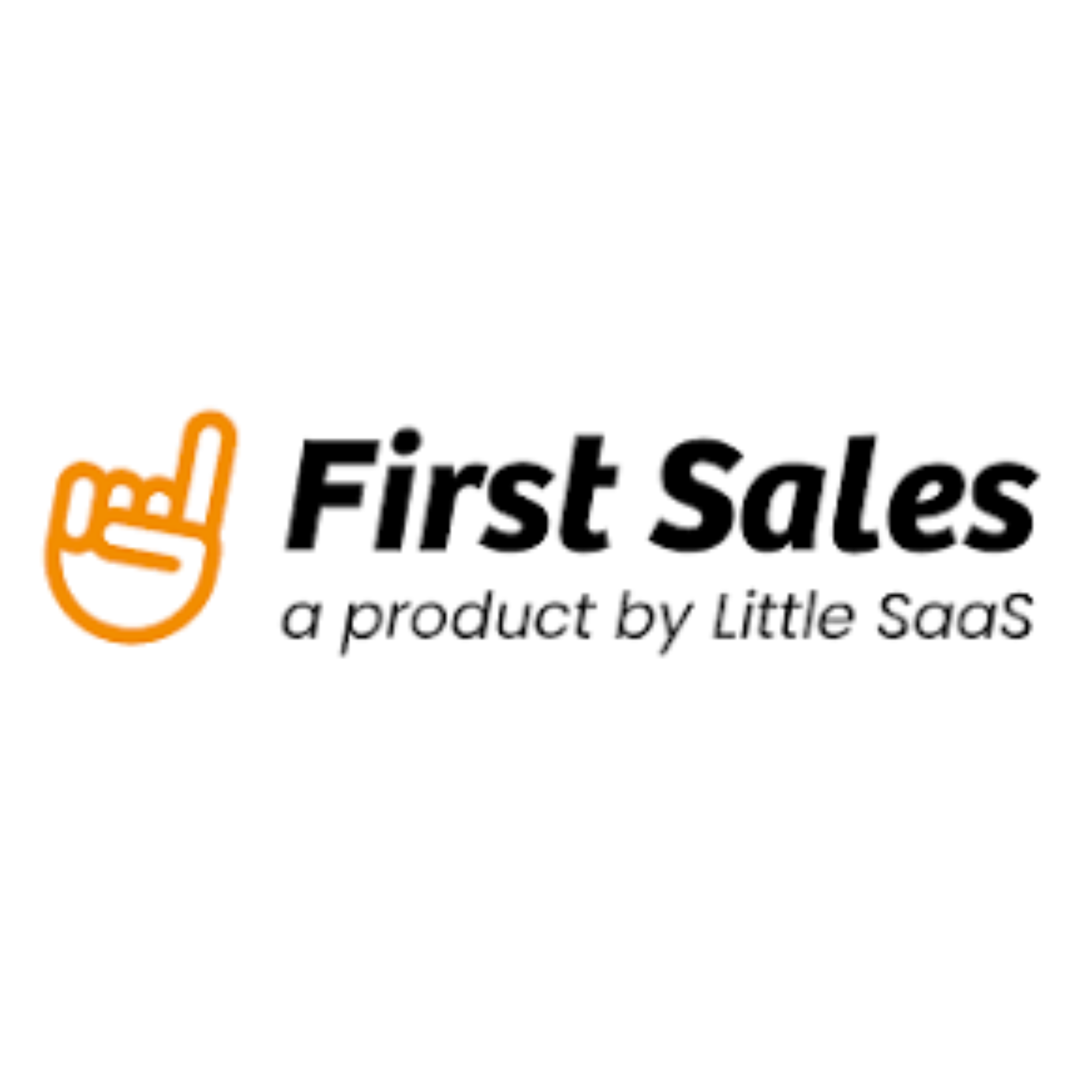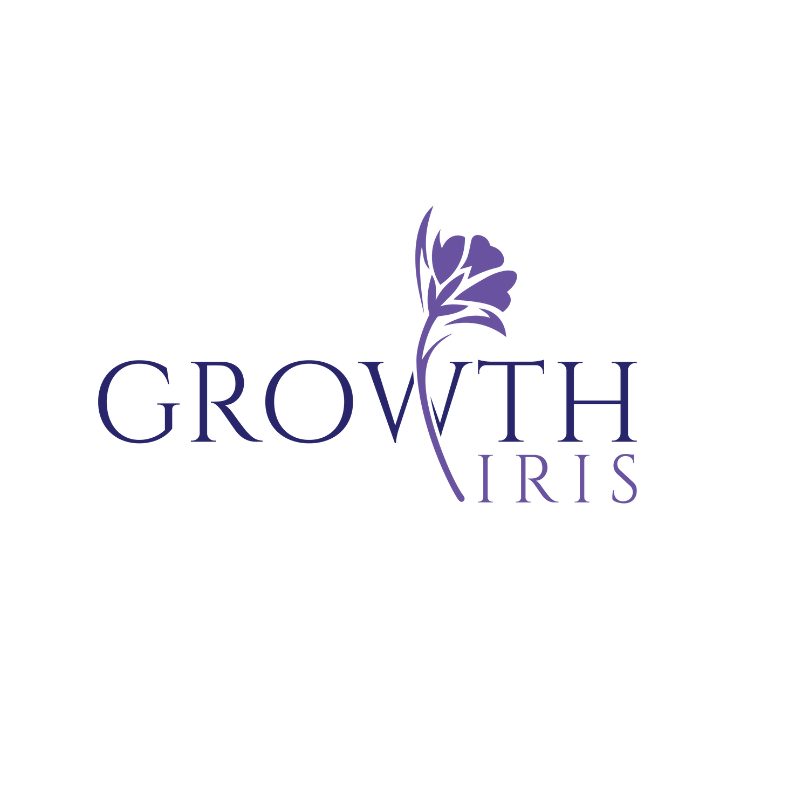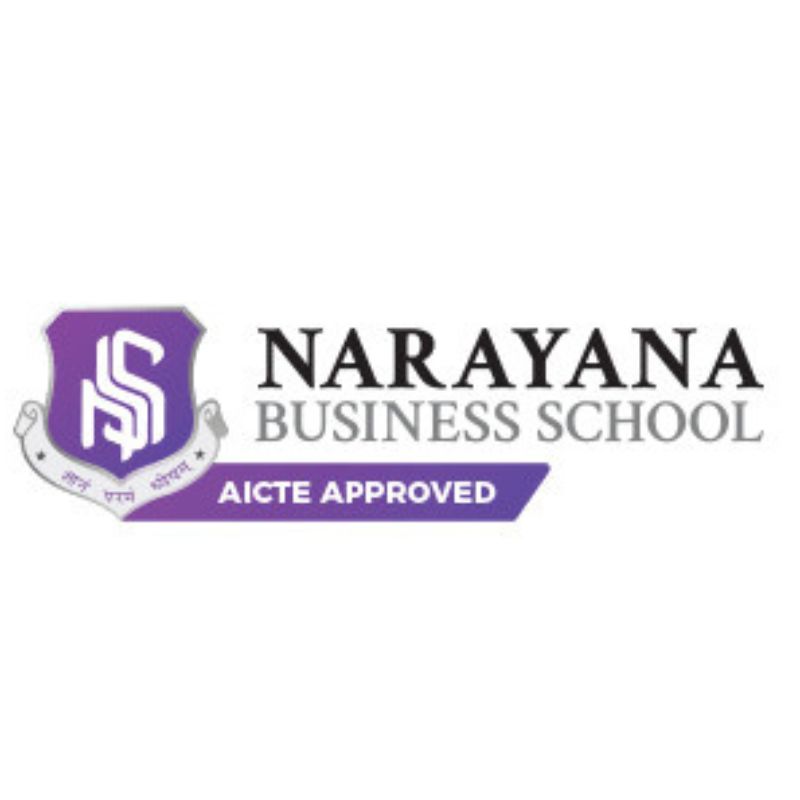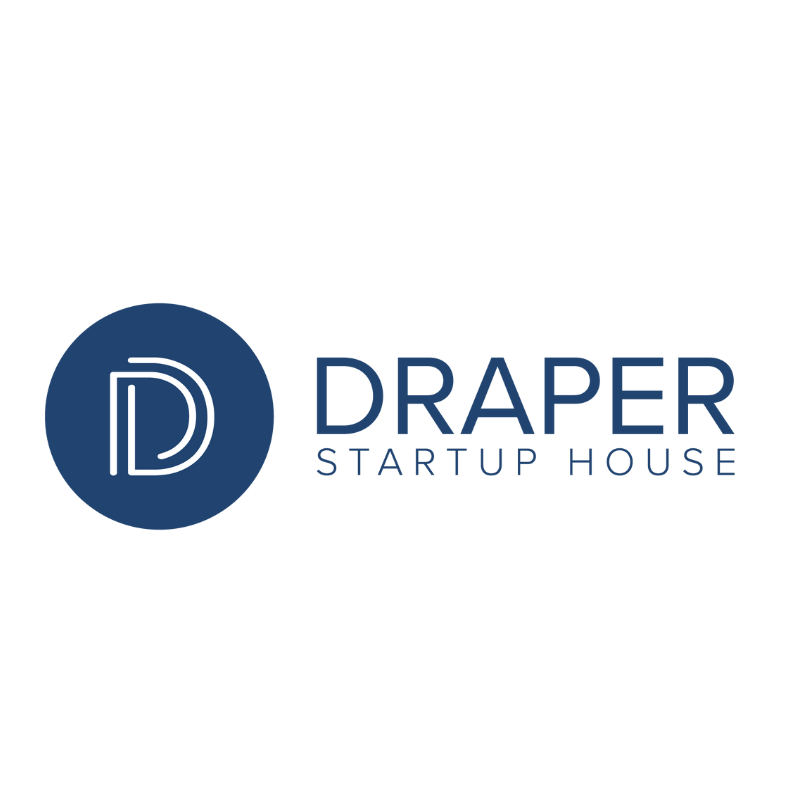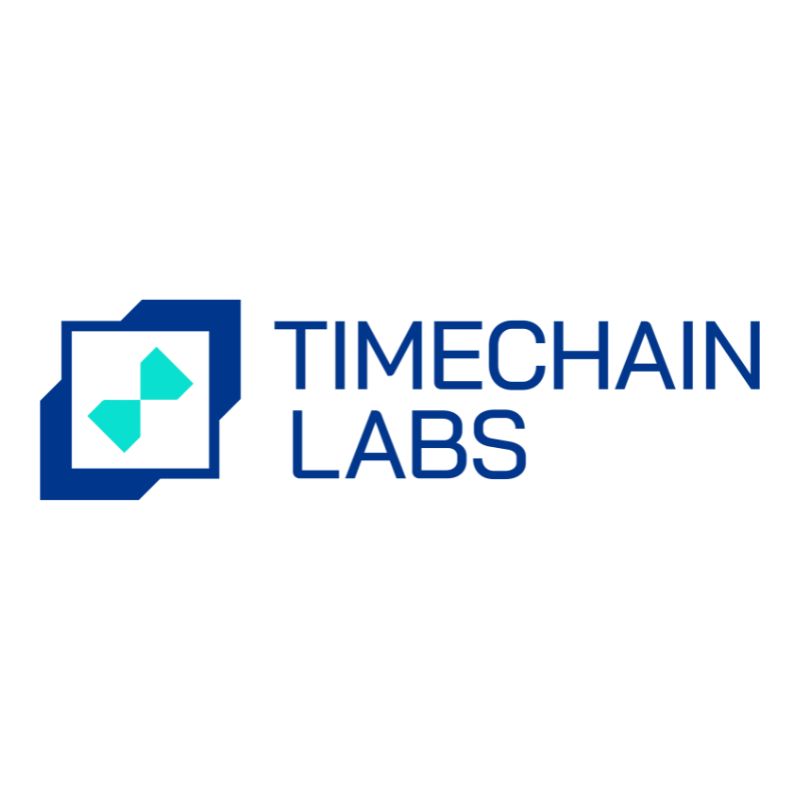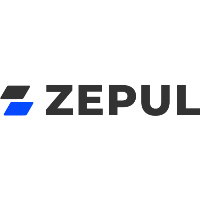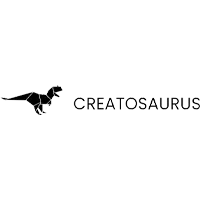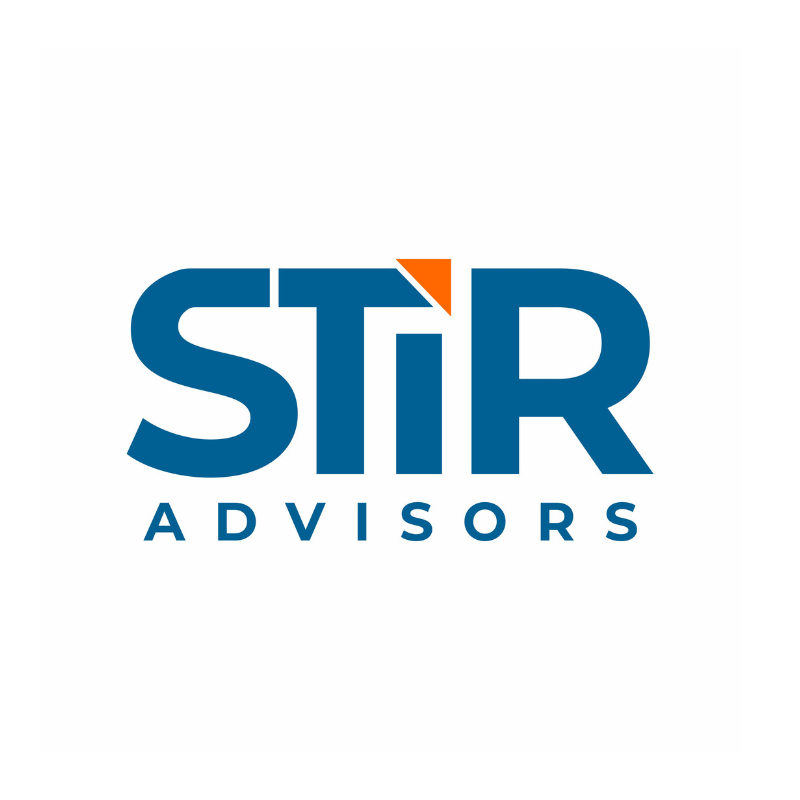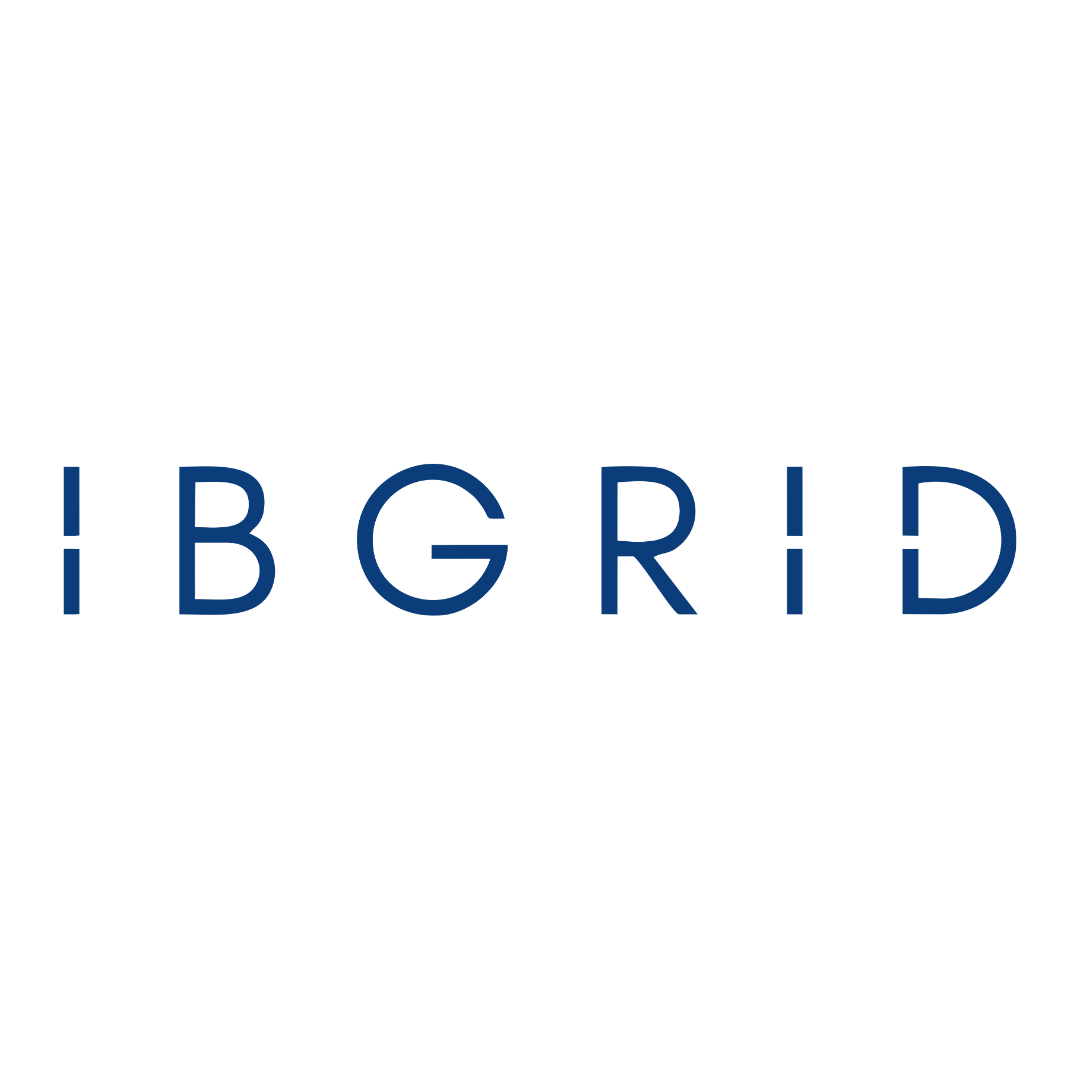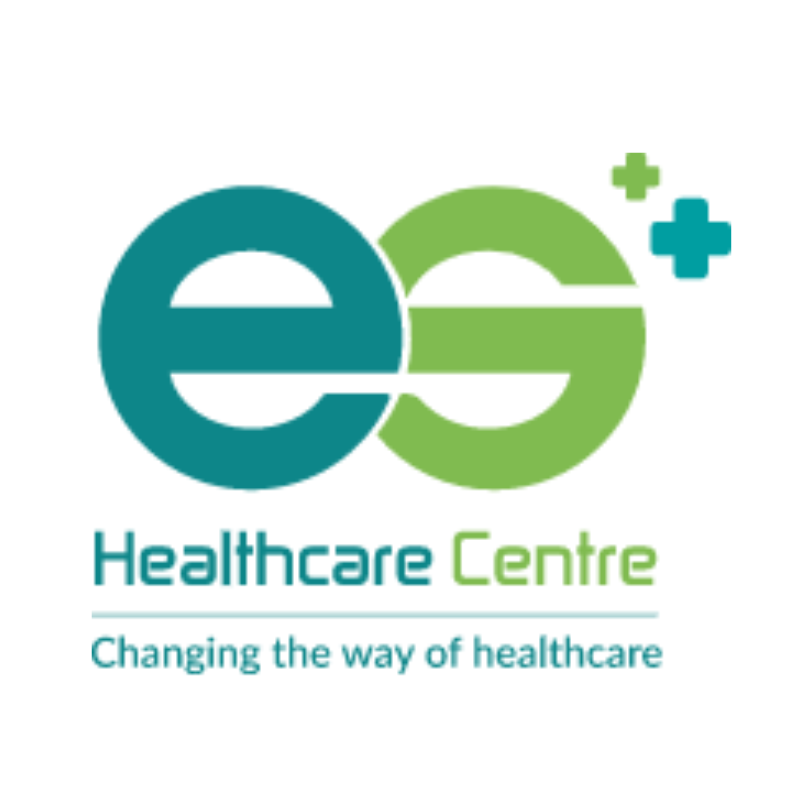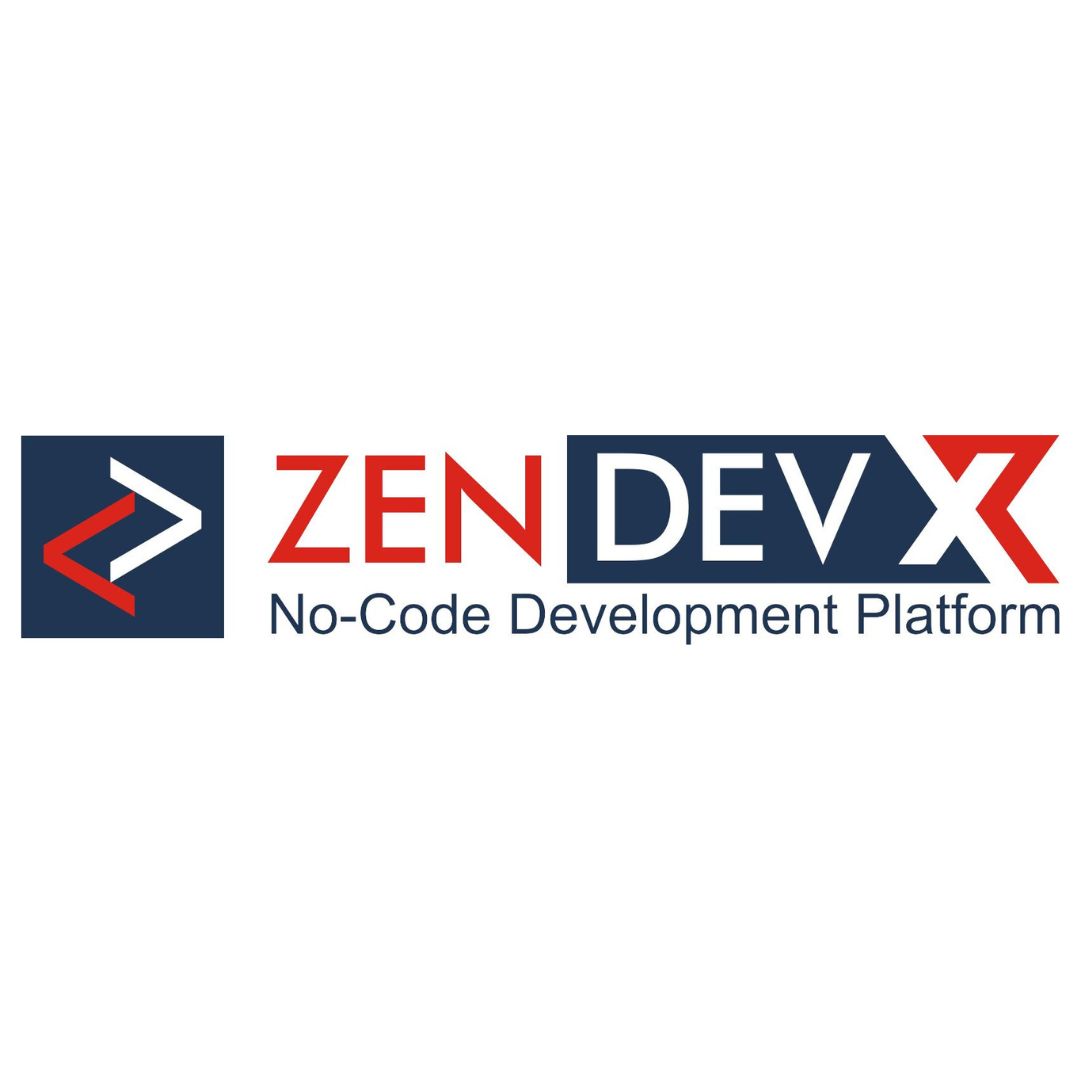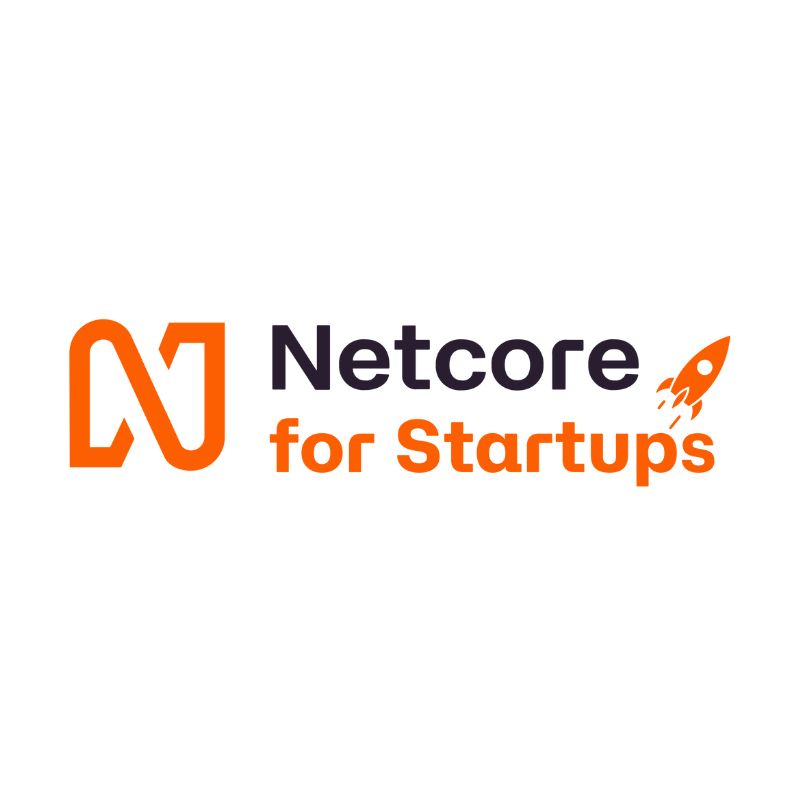A couple of days back we hosted 'SaaS RoundTable' with SaaS Founders from Gujarat at DevX.
These sector-specific roundtables are great CoLearning sessions where founders candidly share specific aspects of running their business.
After the event, I asked the founders to summarize their top points for building a successful SaaS Venture.
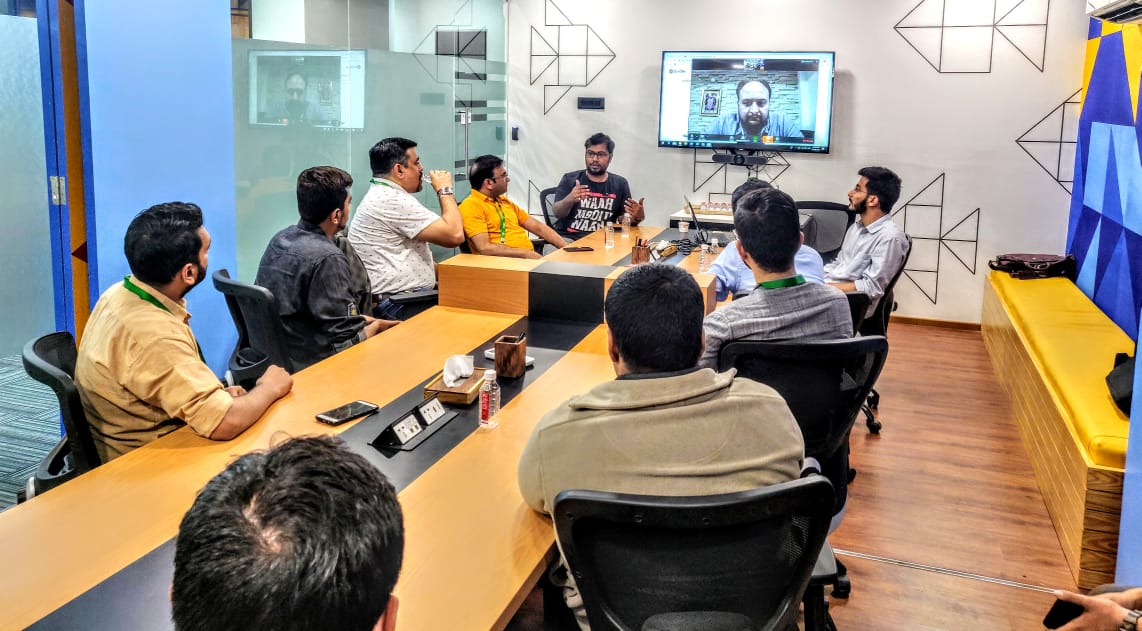
Ankit Dudhwewala, Founder, CallHippo & SoftwareSuggest
CallHippo Intelligent cloud-based virtual phone system for business & enterprise that offers local and toll-free phone numbers for 50+ countries instantly.
SoftwareSuggest helps businesses find the right software.
- Start marketing your product before you start building it.
- You are the first marketing guy if not, your first hire should be the marketing guy and not the tech guy.
- It's possible to build profitable sustainable SaaS business doing million in revenue from tier-2 cities like Ahmedabad.
- Finding good resource is not a challenge in cities like Ahmedabad.
- You need to know your numbers like LTV, CAC well.
- SaaS is not a winners take it all marketing, hence its is easy for multiple companies to survive and make money.
- You need to know which marketing you are going after Enterprise Global/India or SMB Global/India. The sales method for both industries will be different.
- The global market is easier than the Indian market, but you have to be targeting and be focused on the global market from the very first day.
Yash Shah, Co-Founder, Gridle
Gridle is a productivity platform for teams and enterprises which brings together all forms of communication i.e. communication through tasks, files, chats, and video conferencing within teams, around projects and on the go in one cloud-based simple and secure interface.
- The team should not just be all A players. You need B players to support the A players. Only A players mean you will hear arguments happening over getting work done.
- Distribution is the key. Technology is a commodity; figuring out sales networks that disproportionately grow the company is important.
- The product should inherently encourage users to invite more users.
- Sales does not need the product to be complete. It can start way before that.
- Balance between our vision and customer requirement has to be maintained. For us, the best way has been to have separate teams.
- There should only be 1 or at max, 2 product owners. Everyone else should be in execution.
- Sales is the only profit center. Everything else is a cost center. We all want to build something cool but more often than not, that's not what sells.
- Sales has to be service driven. The onboarding of a customer itself should be a sales process.
- When a customer is about to churn, they tend to exhibit similar behavior on our SaaS product. Look for it, identify it and set drips to negate it to reduce churn.
- The hardest part of SaaS business is going to be around bringing in the talent.
Jimmy Padia, Founder, Floatboat.ai
Floatbot is Omni-Channel AI deep-tech platform for development of AI Chatbot and Voicebot. Using Floatbot, fintech/enterprises can develop Chatbots 60% - 90% faster, chatbots that meet the business goals. At present we are focused on Enterprise, Healthcare and BFSI sector.
Floatbot has 650+ global business registered globally and counts some of the big names in Banking, Enterprises and Government as its customer.
- You have an Idea for your startup, that’s great! Identify your customer. Who is your customer? Where is your customer? Is your customer CIO, Operations Manager, or Procurement Manager or Productivity Manager?
- Get out of your office Phase
Approach your customer during Idea stage of your startup. Understand Customer’s Pain-point and the value add your startup. Understand what other options your customer have? Try to sell your Idea/Startup to your customer and see his response. Is he willing to pay you for POC or sign contract subject to your product is ready? Your customer is your gold mine.
- Launch Phase
Once you near launch of your SaaS product, try to find your beachhead market. Target 1 or 2 use cases [Customer on-boarding, Customer support, etc] and 1 or 2 verticals [Banking, Pharma, Retail, etc]. Are you targeting SME or Mid size or large enterprises? If you don’t know, you can experiment with couple of industries and use cases till your find your sweet spot.
- GTM Phase
Look out for B2B partners, Corporate Accelerators, Mentors, Advisors, Incubators. Example, if your startup is in retail or pharma, look out for big companies in retail or pharma who run accelerators. Participate in such accelerators, this is your entry ticket to directly engage with them and make your product work to solve their real-life problems. You have high chances to get a paid POC or huge contract $$ signed with them.
- Complimentary solutions
Look out if there are other solutions that compliment to yours. Approach them and sign a partnership agreement. You will get access to their customers with minimum CAC.
- Quantify Value addition
After you delivery your solution to your customer, quantify the value your solution is adding to your customer. This is a $$ number
Is your solution helping save $ 500,000 / year?
Is your solution helping generate $ 500,000 / year?
- Pricing
Go for value-based pricing. Its a thumb rule to charge 20% of Value you are adding to your Customer
Don’t go for Cost+ pricing?
Are you good in Marketing?
You can go for Low Price point. In that case you need assisted sales model.
Self-Sign-up.
Transparent price point.
Detailed documentation.
Are you good in Sales?
You can charge High Price point and your pricing page can be “Contact us for Demo”
- Repeatability
Replicate your solution with 100s same use case or same vertical
You can share your insights and/or ask questions in the comments section.
ps: Get Your Annual eChai pass for Rs. 1000 per year from eChai.in to attend such super useful programs (100+ Events) throughout the year.



